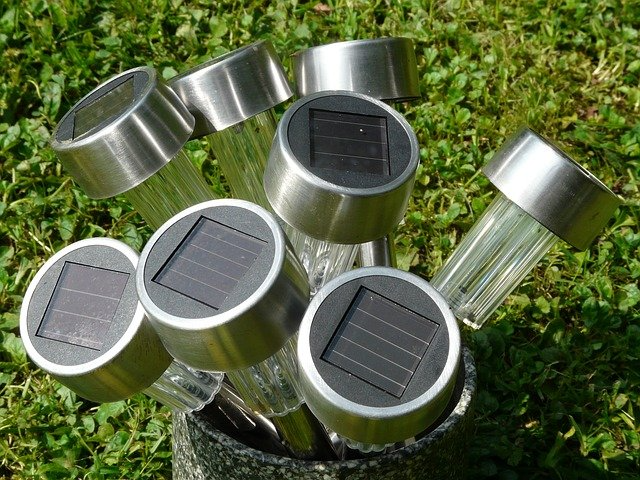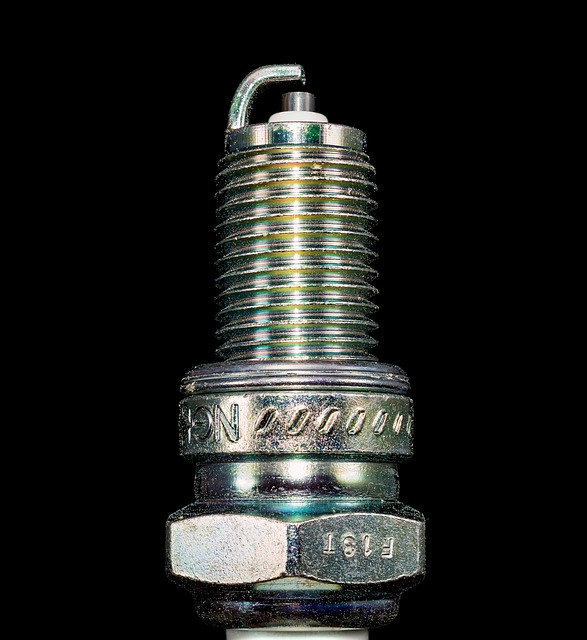Indium has three valence electrons. These are in the 5s and 5p orbitals. The electronic configuration of indium is 1s2, 2s2 2p6, 3s2, 3p6, 3d10, 4s2, 4p6, 4d10, 5s2, 5p1. In an electrically neutral Indium atom there is 49 electrons, 49 protons and 66 neutrons.
How many protons, neutrons, and electrons are there in a neutral atom of In-113 (indium-113)?
Indium-133 is the only stable naturally occurring isotope. Another naturally occurring isotope is Indium-115 which is radioactive. Neutral Indium-133 atom has 49 electrons, 49 protons, and 64 neutrons.
How many electrons does indium have?
In a neutral atom of Indium, there are 49 electrons. The electronic configuration of Indium is 1s2, 2s2 2p6, 3s2, 3p6, 3d10, 4s2, 4p6, 4d10, 5s2, 5p1.
How many neutrons does indium have?
Indium has 66 neutrons. There are two naturally occurring isotopes of Indium. Indium-133, a stable isotope with 64 neutrons, and Indium-115 a naturally occurring radioactive isotope that has 66 neutrons.
What is indium?
Indium is a chemical element that has an atomic number 49. Its standard atomic mass is 114.818 amu and it is represented by the symbol In. Indium is a post-transition metal that has a silver-white metallic appearance. In the periodic table, it is located in group 13 (boron group) and period 5. Its electronic configuration of indium is 1s2, 2s2 2p6, 3s2, 3p6, 3d10, 4s2, 4p6, 4d10, 5s2, 5p1. In an electrically neutral Indium atom, there are 49 electrons, 49 protons, and 66 neutrons. Indium is a soft metal and a p-block element. It is solid at room temperature and pressure and has a density of 7.31 g/cm3. The melting point of Indium is 429.7485 K ?(156.5985 °C, ?313.8773 °F) and its boiling point is 2345 K ?(2072 °C, ?3762 °F). The energy required for the first ionization of Indium is 558.3 kJ/mol. The electronegativity of Indium is 1.78 ( Pauling scale) and its oxidation states are −5, −2, −1, +1, +2, +3. It does not react with water but greater solubility in liquid mercury.
There are two naturally occurring isotopes of Indium. Indium-133 has an abundance of 4.28% and a stable isotope. The other isotope is Indium-135 has an abundance of 95.72% and it is a naturally occurring radioactive isotope. Indium was discovered by German chemists Ferdinand Reich and Hieronymous Theodor Richter in1863. In 1864 it was first isolated by Hieronymous Theodor Richter.
Indium has an average concentration of 50 ppb in the Earth's crust. It is considered the 68th most abundant element. It is a very rare metal. It is found in roquesite mineral which is in insufficient concentration and too expensive for economic extraction. It is extracted from the mineral of zinc like sphalerite and copper mineral such as chalcopyrite. It is obtained from these ores as a by-product. The main producer of Indium is China which is followed by South Korea, Japan, and Canada.
Some of the following are the applications of Indium and its compounds.
Indium wires are used in cryogenics and ultra-high-vacuum.
It is used in semiconductors ( indium phosphide).
Indium is used in solar cells with other metals like copper indium gallium selenide.
Indium tin oxide is used in the transparent conductive coating on the glass.
Thin films of indium tin oxide are used in liquid-crystal displays (LCD).




